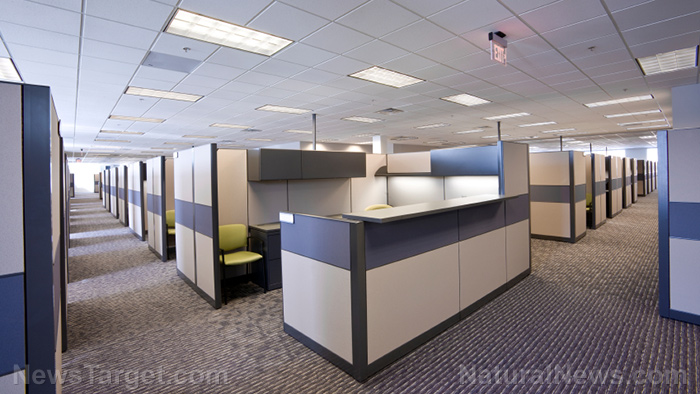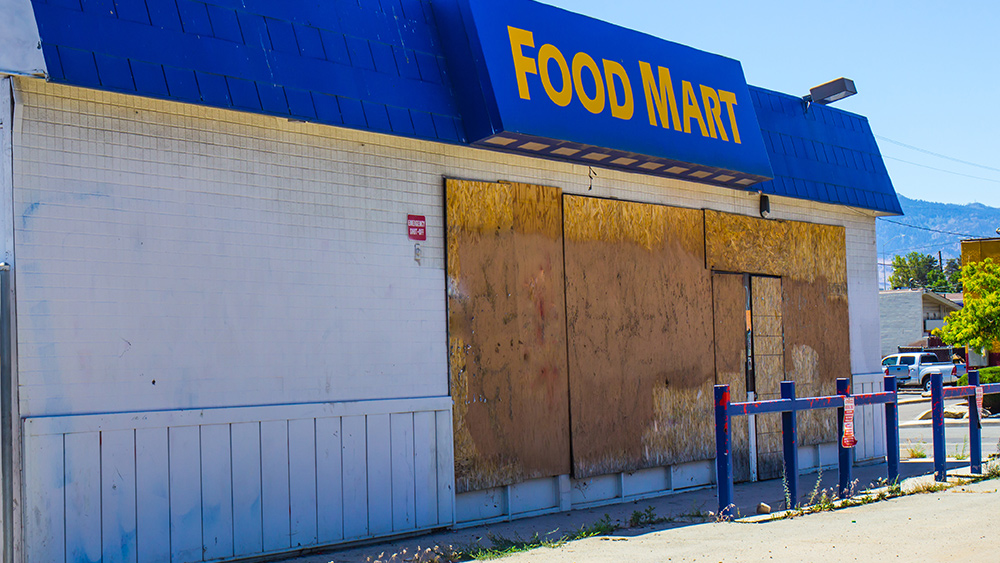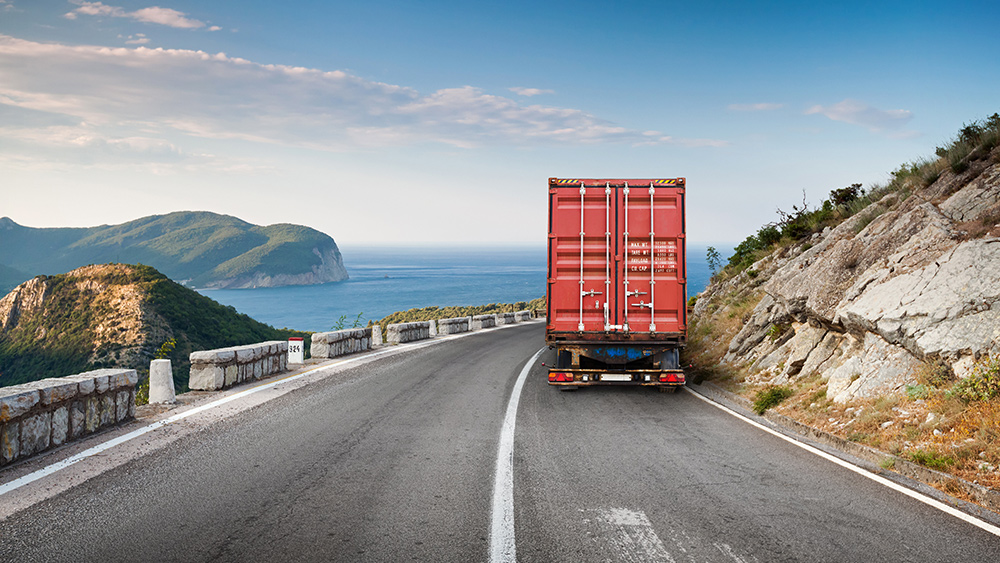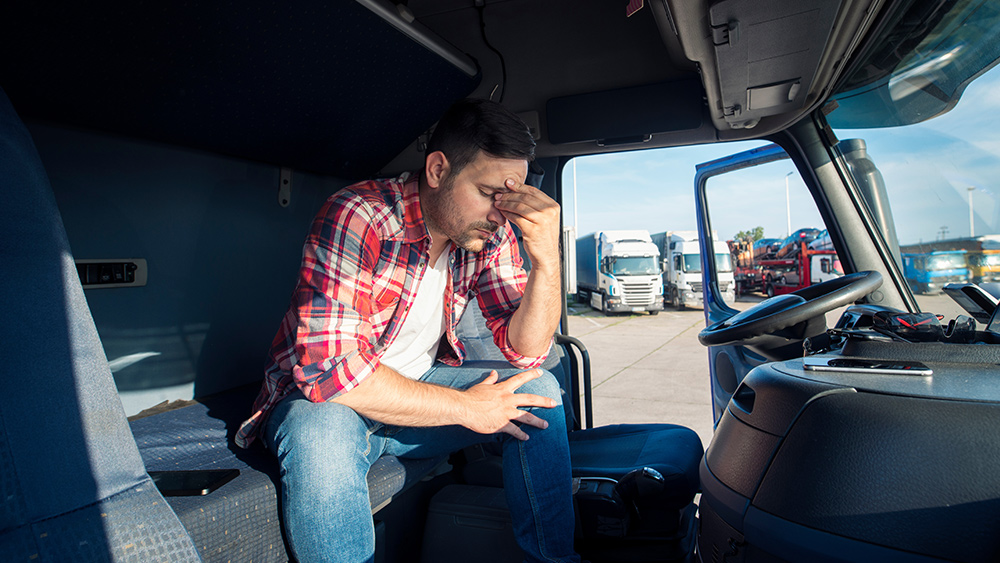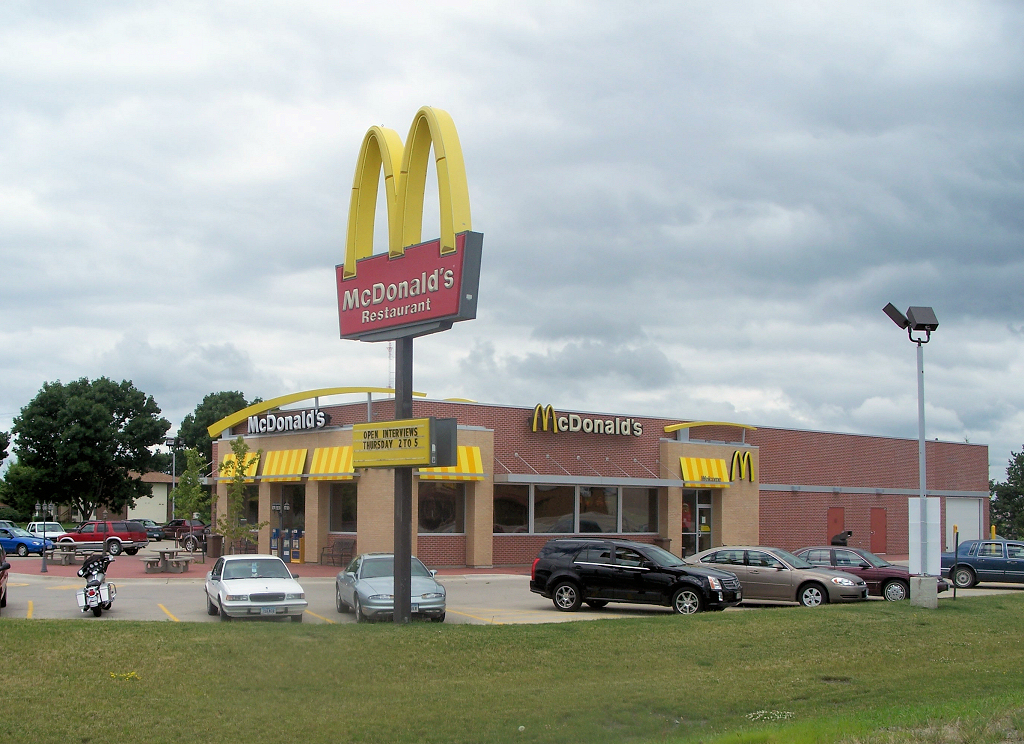Rise of remote work and decline of commuters contributing to San Francisco’s “urban doom loop”
04/19/2023 / By Arsenio Toledo

San Francisco is in an “urban doom loop” caused by the disappearance of thousands of workers from the city due to remote work or work from home arrangements, and this death spiral will continue to make the city fall into economic and social ruin.
Experts have noted how a massive assortment of problems has come together to turn San Francisco into the city in decline it is today. These problems include rampant crime, illegal drug use, homelessness and sky-high rents and housing prices. (Related: More people are rapidly leaving crime-ridden, high-cost cities like New York, San Francisco and Chicago.)
While many of these problems have persisted in San Francisco for years, possibly even decades before the rise of remote work arrangements, the Wuhan coronavirus (COVID-19) pandemic and the economic restrictions that came with it forced the nearly 250,000 office workers the city had in March 2020 to shift to remote working arrangements. This began the city’s urban doom loop.
The urban doom loop describes the long process by which the decline of work in the central business districts of cities results in less foot traffic and consumption. This then adversely changes a city’s urban core. With fewer people stimulating the local economy, crime rises. With the disappearance of a massive tax base, municipal revenues plummet and public services are left underfunded, both of which also contribute to rising crime.
No way out for San Francisco’s urban doom loop – and other cities are following
The idea of the urban doom loop explains a lot about why San Francisco, America’s once-thriving tech hub packed with the headquarters of many of the country’s largest and most innovative corporations, is in a state of decline.
While tech workers in the wider San Francisco Bay Area only constitute a little under 11 percent of all jobs in the metropolitan region – accounting for around 373,000 workers – the industry makes up the lion’s share of the tax income for cities in the area.
And while many industries regard it as essential that staff returns to the office, many tech companies continue to allow or even encourage work-from-home arrangements. Tom Leonard, writing for the Daily Mail, pointed out how tech companies are incentivized to make sure that the people in their line of work can be even more focused on getting the job done by providing them with as little distraction as possible. This is done by keeping them at home “devoted to the solitary occupation of writing code.”
Nicholas Bloom, an economist at Stanford University, described how the economic forces influenced by urban doom loops are occurring not just in San Francisco, but in many of the country’s major cities as well, especially New York City.
“In big cities like New York and San Francisco, we estimate large drops in retail spending because office workers are now coming into city centers typically 2.5 rather than five days a week,” wrote Bloom. “This is reducing business activity by billions of dollars – less lunches, drinks, dinners and shopping by office workers. This will reduce City Hall tax revenues.”
These difficulties for cities will not go away, especially since remote work options are proving to be beneficial not just for employees but also for their bosses.
Cutting down on the commute saves workers on average about 70 minutes of added time per day. Hybrid work arrangements, with employees only coming into the office for two or three days per week, increase a company’s average productivity by about five percent.
Bloom also noted how hybrid and full remote work arrangements save a company money, as employees “really value hybrid working from home, at about the same as an eight percent pay increase on average.”
As remote work continues to be more lucrative than regularly coming into the office, it is unlikely the death spiral San Francisco is facing will change.
Learn more about the deteriorating state of America’s largest cities at Collapse.news.
Watch this clip from Fox News as anchor and political commentator Jesse Watters suggests that nothing less than an exorcism is needed to fix San Francisco.
This video is from the Galactic Storm channel on Brighteon.com.
More related stories:
Whole Foods leaves downtown San Francisco one year after opening due to rampant crime.
Cash App co-founder STABBED to death in San Francisco, ignored by bystanders.
Billionaire investor slams San Francisco’s “zombie zones,” 20-year record high homelessness.
Sources include:
Submit a correction >>
Tagged Under:
anarchy, big government, bubble, collapse, crime, crime rate, dangerous, death spiral, economic collapse, economics, economy, financial crash, hybrid work, market crash, money supply, national security, remote work, risk, San Francisco, urban doom loop, work from home
This article may contain statements that reflect the opinion of the author
RECENT NEWS & ARTICLES
COPYRIGHT © 2022 FinanceRiot.com
All content posted on this site is protected under Free Speech. FinanceRiot.com is not responsible for content written by contributing authors. The information on this site is provided for educational and entertainment purposes only. It is not intended as a substitute for professional advice of any kind. FinanceRiot.com assumes no responsibility for the use or misuse of this material. All trademarks, registered trademarks and service marks mentioned on this site are the property of their respective owners.


